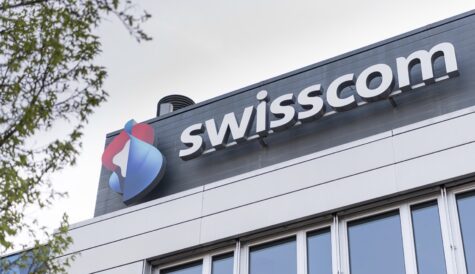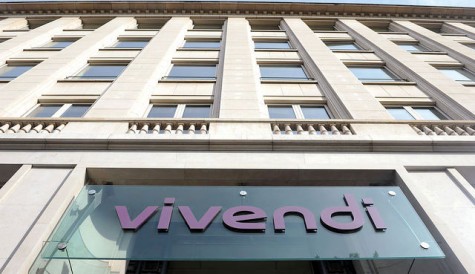AT&T chief says WarnerMedia streamer will rely on mixed revenue model
WarnerMedia’s new streaming service will work with a mix of ad-supported and ad-free models to keep the business profitable, according to AT&T chief executive Randall Stephenson.

Randall Stephenson
Speaking as AT&T released Q4 earnings, Stephenson said: “We are strong believers and what [WarnerMedia chief] John Stankey likes to call two-sided business models” combining subscription and advertising elements.
Along with subscription services, he said that “there are other elements where advertising supported models are going to be important to keep prices down, to keep costs for the consumer down and actually fund additional content acquisition and purchasing.”
AT&T’s ad division Xander will be a big part of making that model work, according to the exec. The business is already integrating Turner and Xander to fuel more advertising on Turner’s digital properties.
Stephenson said that AT&T will continue to make licensing deals with other media companies, like the US$100m Friends deal it made with Netflix, but that there is no ‘one-size-fits-all’ way to do this.
“I don’t think all content is equal in that decision-making process,” he said. “Each of these decisions on significant content are going to be evaluated in terms of how critical it is to to our platform to have it as exclusive versus the economics of licensing it to others.”
With Friends, he said the company evaluated how important it was to have the content versus allowing others to use it. “We said exclusivity is probably not that critical on that type of content, but it’s critical to have on our platform. So we did license it to Netflix as you saw, but on a non-exclusive basis.”
The AT&T boss said that the only streamers that will survive in the long-term will be those with deep IP.
“We have really high expectations for our streaming service. We don’t think there is going to be a proliferation of these that will succeed over time, but those who have very, very strong IP, deep libraries of IP, are the ones that we think are going to succeed over time,” he said.
On Tuesday afternoon AT&T reported its Q4 earnings results, narrowly missing Wall Street estimates.
The telecoms giant reported a revenue of US$48 billion and missed analysts’ estimate of US$48.5 billion.
For WarnerMedia, AT&T is reporting financials in the film and TV unit without full year-to-year comparisons as the acquisition only closed last June. The third quarter of 2019, from July through September, will be the first official quarter with like-for-like figures.
AT&T’s Q4 results show that WarnerMedia revenue reached US$9.2 billion. Warner Bros. lead the growth with revenue that totalled US$4.5 billion, with US$2.1 billion coming from theatrical releases and US$1.8 billion coming from television.
Stephenson said the company will balance content costs and how much it charges subscribers as AT&T enters an increasingly competitive streaming market with its WarnerMedia player.
“The customer is just not willing to pay more for the content as the content costs have been increasing over the last few years,” he said. “So we’ve got to get the content cost growth in line with what the customer is willing to pay, and the customer is willing to pay virtually no additional money right now. The content costs have to reflect that.”
In December, Stephenson laid out that the company will lean on existing Warner Bros. HBO and Turner content to populate the new platform and that it will be more conservative than Netflix when it comes to spending for new content.
The exec added that: “There’s some cases where the customer engagement is high and so it might be hard to take the content cost down, but the objective is to keep the equation in balance.”



